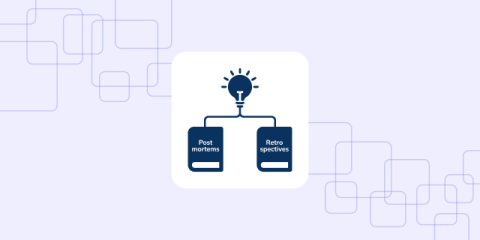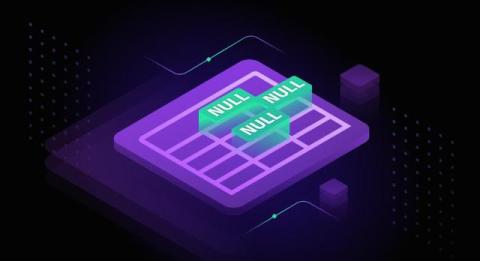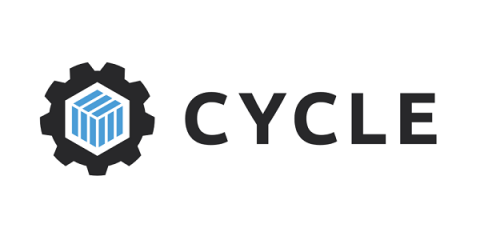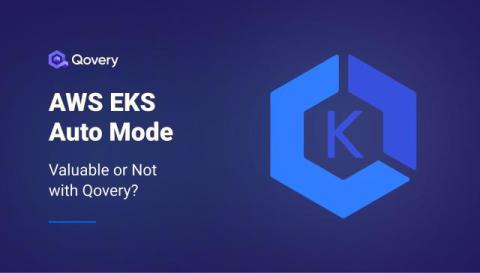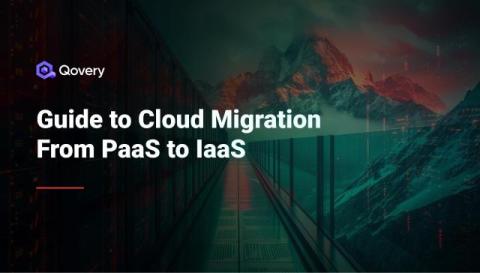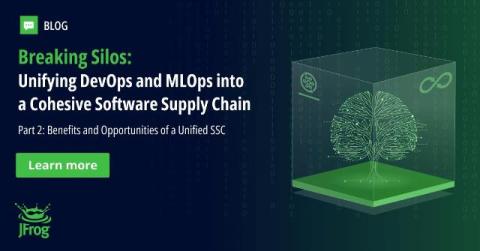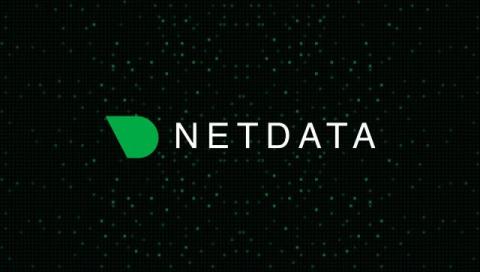Lessons from the Aftermath: Postmortems vs. Retrospectives and Their Significance
Understanding what went wrong, what went right, and how to improve is crucial for IT teams striving for excellence. But as teams evaluate their processes and outcomes, they often encounter two tools for reflection: postmortems and retrospectives. While they may seem similar at first glance, their objectives and applications differ significantly. Let’s dive into the nuances of retrospective vs. post mortem and explore why both hold a pivotal place in team growth and project success.


